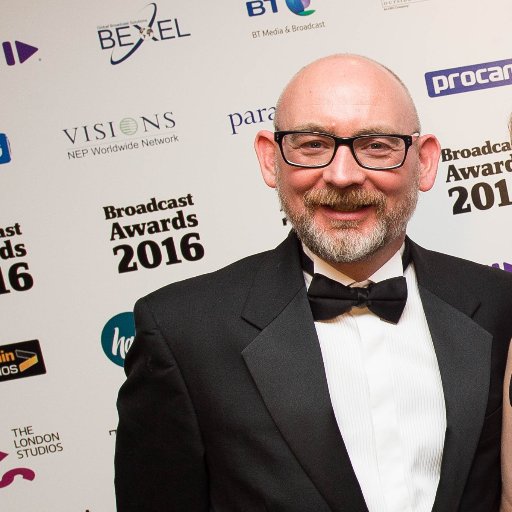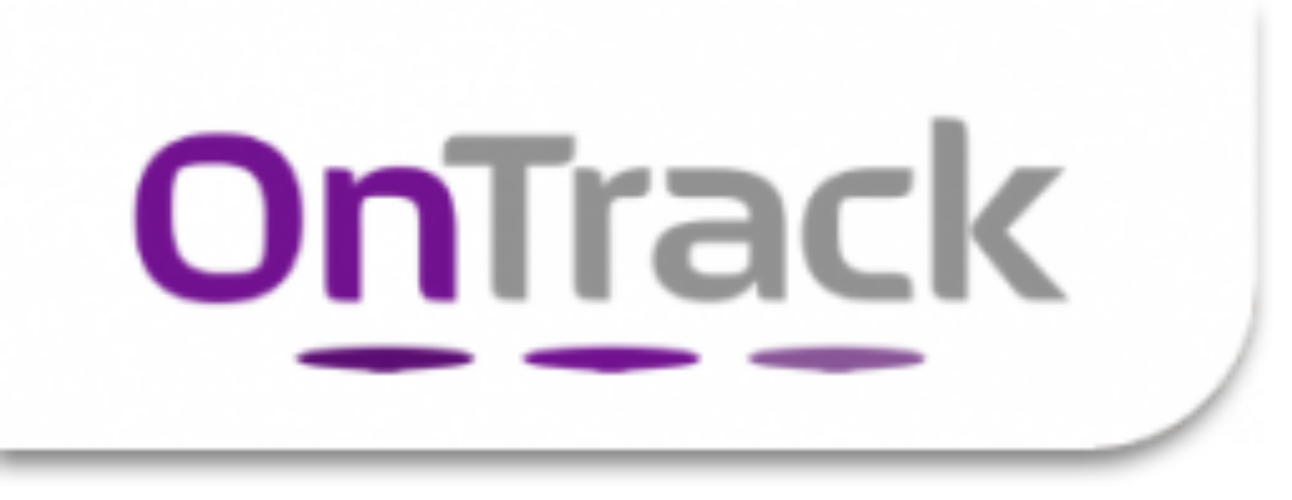Brexit, Trump, years of uncertainty… ah you’ve got to laugh. Ideally, big, sincere, belly laughs.
 Guest Blog from Tim Reid, Award Winning Comedy Writer and Innovation expert
Guest Blog from Tim Reid, Award Winning Comedy Writer and Innovation expert
Turbulent times throw up serious challenges and big opportunities. And that means the need to think differently, and have big, bold ideas, whether that’s new ways of working, new products or services, or new cut-through communications ideas. So the importance of creative thinking and the ability to generate bigger, better ideas has never been greater. And the teams that will succeed will be those that understand that the best ideas don’t come from serious thinking, they come from having a laugh.
I’ve run hundreds of brainstorms and trained teams all over the world in how to think creatively and collaborate to have bigger, better ideas. And I’ve seen time and again how the key to unlocking our collective creative juices is laughter. But it’s counter-intuitive, isn’t it, to say that when we’re in serious need of a big new idea, when we’re really under pressure to innovate, the best thing to do is gather in groups to have a giggle. So let me explain why I know it to be true.
When I learned that advertising legend, David Ogilvy said “The best ideas come as jokes, make your thinking as funny as possible” it really resonated with me. In the very many ideas sessions I’ve run I’ve always been struck by how our creative energy and our ability to churn out new ideas is almost always sparked by a joke and fuelled by our collective laughter. We shift from head scratching worriers, straining to land on the right answer, into dynamic ideas machines, chucking out ideas and solutions faster than any facilitator can capture.
As a comedy writer, as well as a creativity trainer, the link between laughing and idea generation fascinates me. So I’ve looked into it and discovered there’s some real science, grown up science, brain science, behind this. Professor Karuna Subramaniam, Professor of Psychiatry at UCSF, found in a research study that boosting the mood of volunteers increased their likelihood of having an aha! moment, as measured by their ability to solve a word association puzzle, the standard test for creative problem solving. Those who watched a comedy were measurably better at the task using insight than those who watched a horror film, or worse still, a lecture about quantum electronics.
Professor Subramaniam discovered that creative insight is correlated with increased activity in the brain’s anterior cingulate cortex (ACC) just prior to solving a problem. This is the bit of the brain involved in regulating attention and in problem solving. Yeah, I knew that… And people in a positive, happy mood generally have more ACC activity going into the task, which helps prepare the brain to find new solutions. Participants who watched scary movies, such as The Shining, which was specifically noted in the research as “anxiety-producing,” resulted in less activity in the ACC and demonstrated less creativity in solving the puzzles.
And in another study on brainstorming, (by Barry Kurowitz, in his PhD Thesis at MIT) 84 participants, made up of students, professional designers and improvisational comedians, took part in a product brainstorming test, and the improvisational comedians generated 20 percent more ideas than the professional product designers, and the comedians generated ideas that were also rated 25 percent more creative. The study also found that many of the games used in improvisational comedy training could be effectively adapted to product design idea generation, because they strongly promoted associative thinking. And they found that those improv games increased idea output on average by 37 percent in a subsequent product brainstorming session.
So what’s going on in the brain when we laugh?
Brain mapping has shown that the entire brain has to work together to appreciate a joke fully and for humour to work. Ready for the science bit? First, the left hemisphere begins to process the words, then the frontal lobe centre of emotionality is activated, 120 milliseconds later the right hemisphere begins processing the pattern and a few milliseconds later the occipital lobe shows increased activity. Delta waves are increased as the brain “gets” the joke, and the nucleus accumbens elicits happiness felt as a reward, and finally, laughter erupts… Phew!
Put simply… the left hemisphere sets up the joke, and the right hemisphere helps the brain “get” the joke.
The science is fascinating, but for the purposes of helping teams use this insight, I think we can break this down into three simple ways we can apply the creative power of laughter into our idea generation process.
Laughter as an energizer
Having a laugh upfront in a creative session puts people at ease, shows this isn’t ‘business as usual’ and warms up the creative bit of our brains. A big watch out here, of course, is there’s a very fine line between using laughter to get people relaxed, and making their toes curl because you’ve become David Brent. Just be natural, and know your audience!
Permission for ideas to come as jokes
If you’re sitting in a brainstorm and you have a real brainwave, but your idea feels so new and different that you have no idea how people will react to it, the temptation is to say nothing rather than risk being laughed at. But if you’re leading the session, you need to make sure your team know that laughter is what we’re looking for. I set sessions up by saying if your group starts laughing at an idea see that as a red flag signaling that there’s a genius idea in there that needs landing.
The comedians toolbox
It’s no surprise that comedians and comedy writers are ninjas when it comes to creative thinking. They know how to use the brainpower of laughter to churn out new jokes, scenes and routines. And there are a range of tried and tested exercises – from the improv team’s standard ‘yes and…’ game, to the simple and seriously effective Random Links technique.



